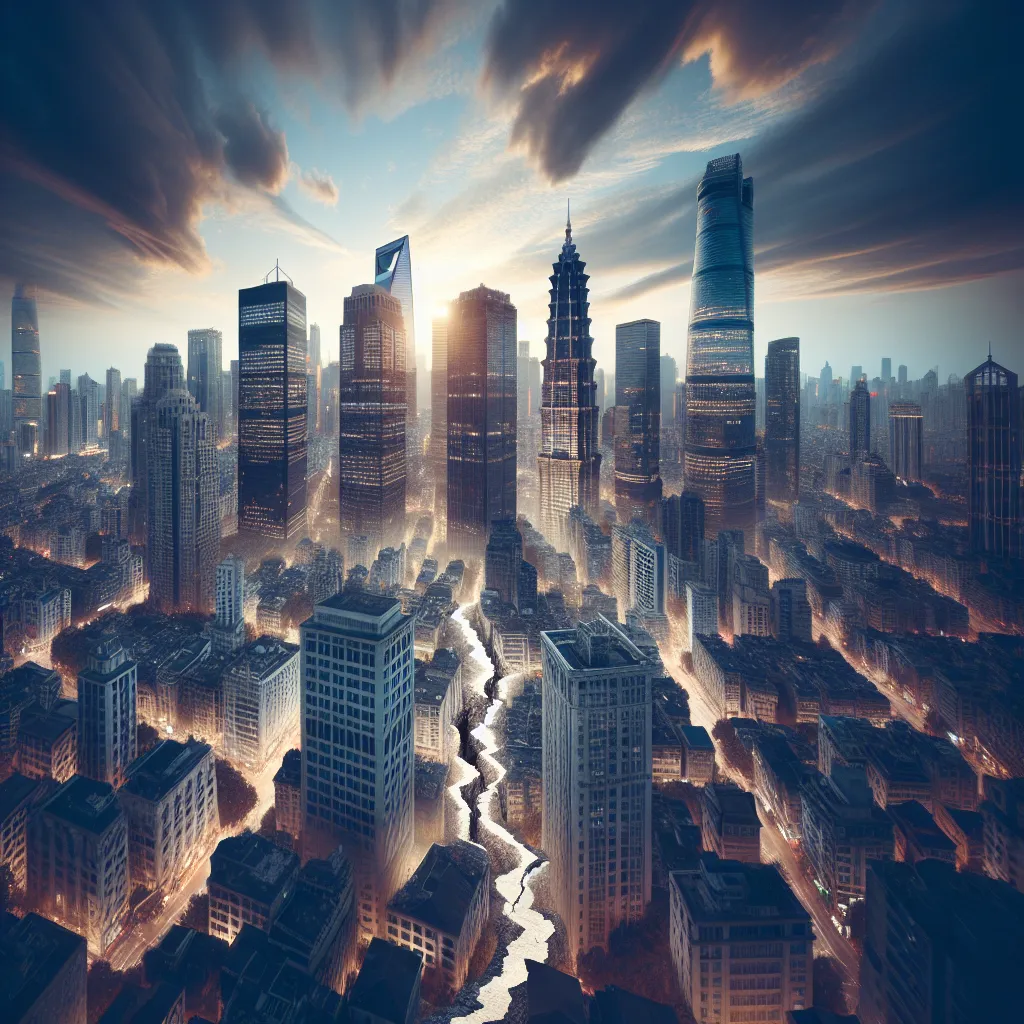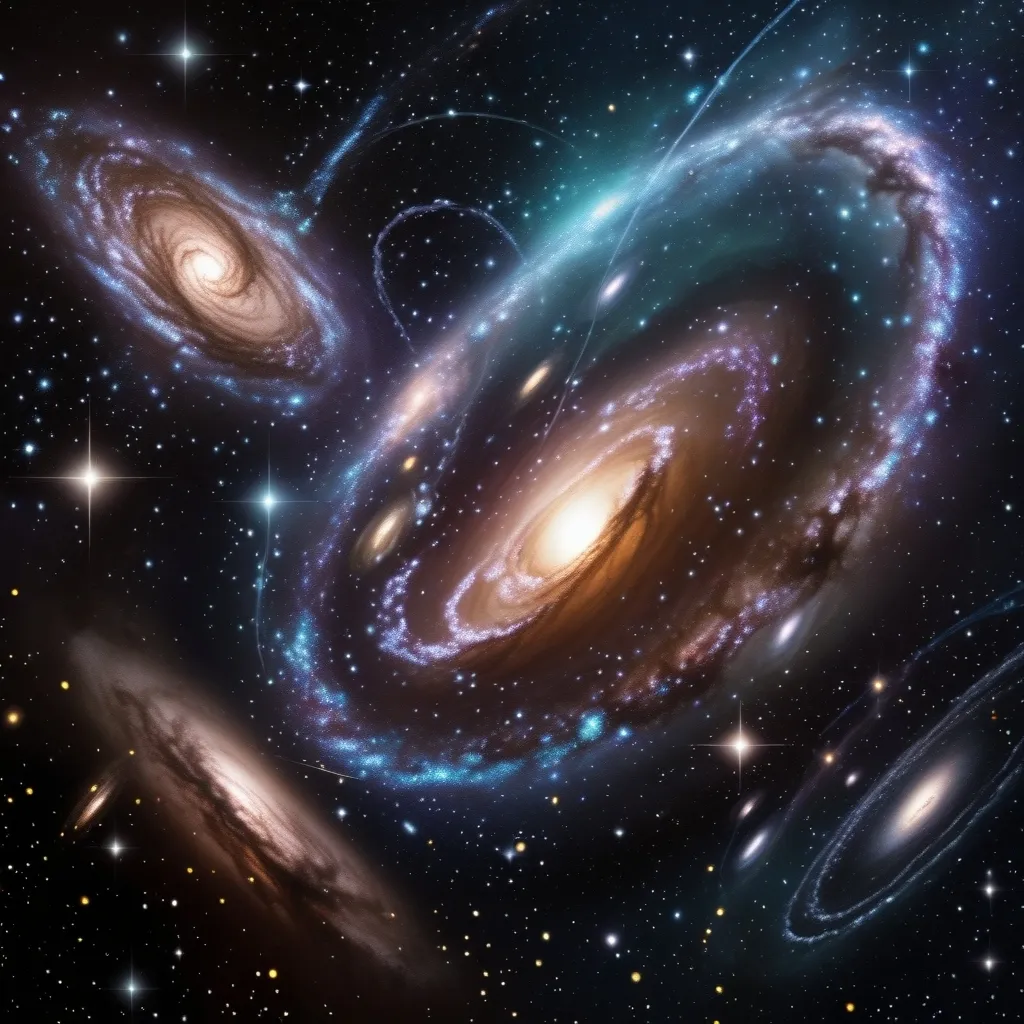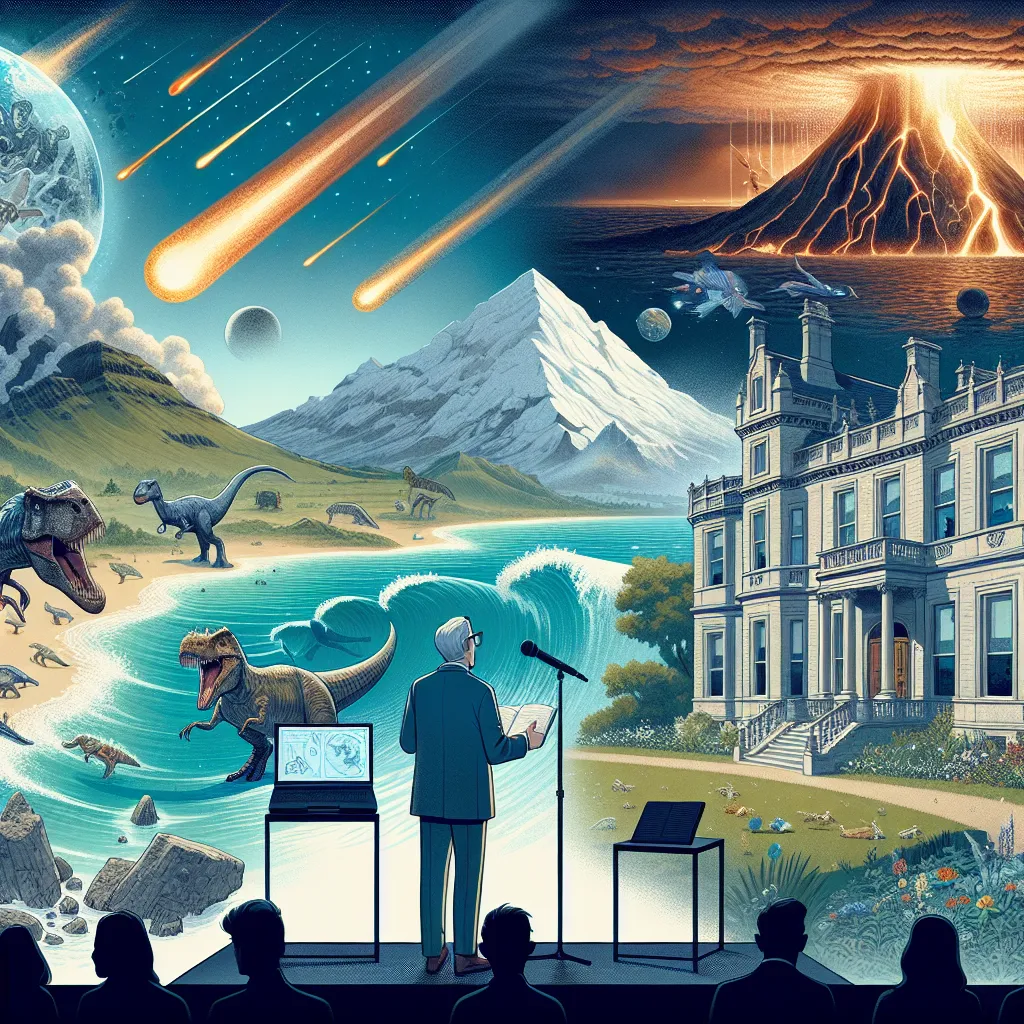We often don’t think about the ground beneath us, but is it as solid as we assume? Globally, millions live under the constant threat of earthquakes, which have the power to decimate entire cities in mere seconds. Interestingly, earthquakes themselves don’t kill people; buildings do. Over the past century, more than a million lives have been lost to these natural disasters, and the next century could be even deadlier. While science strives to predict these quakes, are we more spectators in nature’s awe-inspiring theater?
Earthquakes result from sudden releases of immense pressure built within the earth’s crust. To grasp this better, picture the earth’s crust as being made up of massive tectonic plates resting on the mantle. These plates are always on the move, albeit very slowly, creating tension at their boundaries. When the stress exceeds the strength of rocks at a fault line, the ground snaps like fingers, releasing energy in the form of an earthquake. This energy causes the ground to shake, leading to potential disaster in populated areas.
Meet Dr. Lucy Jones, who heads the Southern California earthquake hazards team. According to her, there are 12 major tectonic plates, and wherever they meet is potentially a hotspot for earthquakes. The rupture doesn’t just stop there; it moves along the fault line much like tearing a napkin, compounding the effect and spreading destruction. Thus, the longer the fault, the bigger the earthquake. Large urban areas perched on such faults are particularly vulnerable, with the potential for catastrophic fallout.
As populations grow, more people move into cities that could be severely impacted by earthquakes. For example, Los Angeles, a city straddling a significant fault line, has seen its population triple in the last 60 years. It’s one of nearly 15 megacities worldwide, all with populations exceeding eight million, living with the peril of a massive quake striking at any time. The sheer density of these populations heightens the risk, transforming an earthquake into a potential human catastrophe.
Historically, major cities like San Francisco and Tokyo have experienced devastating quakes, wiping out lives and infrastructures. A significant quake today could cause a global economic downturn, showing just how interconnected our world truly is. The Pacific Rim, aka the “Ring of Fire,” is particularly notorious with its frequent and severe quakes. The largest recorded quake, a magnitude 9.5, struck Chile in 1960, demonstrating the raw, unimaginable power of such events.
But, what exactly happens when such a massive quake hits? The energy released during a quake is measured on the Richter scale, which escalates exponentially with magnitude. A 5.5 magnitude quake, for example, is already stronger than a nuclear bomb, but a 9.5 is millions of times more powerful—a sobering thought given the potential for destruction.
While Los Angeles and other cities implement rigorous building codes to minimize quake damage, predicting these natural events remains elusive. Quakes often bring other dangers with them, like tsunamis. These seismic sea waves can travel at staggering speeds, causing widespread devastation upon reaching land. The infamous 1964 Alaska quake, with its subsequent tsunami, serves as a grim reminder, reaching as far as California and causing significant damage.
Could a formulaic approach to predicting these earthquakes be the breakthrough we need? Enter Professor Vladimir Kellisborak and his contentious yet promising pattern recognition technique. By analyzing seismic activity, his team has made several accurate predictions, suggesting that major quakes might not be as unpredictable as previously thought. Though still debated within the scientific community, such efforts could one day save countless lives.
As we delve deeper into understanding earthquakes, the ultimate goal remains clear: to provide timely warnings, enabling evacuations and poised emergency responses. The quest for reliable prediction methods continues, but until then, preparedness and robust construction will remain our best defenses against nature’s unpredictable wrath.






